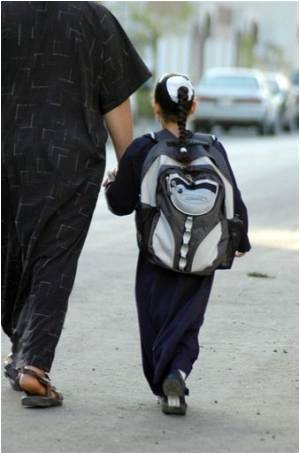How a child performs in school is dependant on the co-ordination between home and preschool , a new study claims.

The kids were followed from birth in the Study of Early Child Care and Youth Development.
It was carried out under the auspices of the Eunice Kennedy Shriver National Institute of Child Health and Human Development (NICHD) by researchers at the University of Texas at Austin, Tufts University, the University of North Carolina at Chapel Hill, the University of California, Irvine, the University of Virginia, and the NICHD Early Child Care Research Network.
Crosnoe said: " The study has implications for policy as Congress reauthorizes the No Child Left Behind Act. Our findings point to the importance of improving coordination among parents, preschool classrooms, and elementary schools to boost children's achievement."
The experts evaluated children's homes and child care/preschool settings when the children were 4-1/2 years old, studied their first grade classrooms, and evaluated reading and math test scores through fifth grade.
In doing so, they gauged whether the links between various combinations of cognitive stimulation and children's achievement were simply due to the socioeconomic circumstances of the children's families, or whether children from different socioeconomic backgrounds got more or less, academically, from each combination.
Advertisement
Moreover, even though children from advantaged families are more likely to experience this convergence of support for learning across the contexts of their lives, the study found that low-income children may benefit more from it.
Advertisement
He ended: "To do so, policymakers must put renewed focus on the home-preschool partnerships often advocated by early intervention programs and the family-school partnerships advocated by No Child Left Behind, the Elementary and Secondary Education Act."
Source-ANI
SAV










